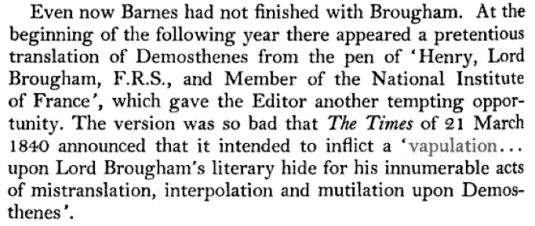English and Spanish have both found a home for the French word atelier, which means ‘an artist’s or craftsman’s studio,’ but Spanish outdid English by also creating from atelier the doublet taller, whose meanings have expanded to include ‘workshop, garage, repair shop’ and even ‘seminar.’
So where did French atelier come from? The Old French form had been astelier, and the meaning back then was ‘a carpenter’s shop.’ A carpenter works in wood, so it shouldn’t come as a surprise that astelier had been formed from the Old French astele that meant ‘splinter’: a carpenter was ‘a splinterer.’ At this point, we recognize Old French astele as the cognate of the synonymous Spanish astilla. The Old Spanish form had been astiella, which developed from Late Latin astella, a reworking of the Latin astula that also meant ‘a splinter.’
But wait: Spanish has not only the doublets atelier and taller, but also from Old French astelier the triplet astillero, which is ‘a shipyard.’ Until the mid-1800s, of course, all ships were made of wood, and shipbuilders were carpenters.
Corresponding to the Spanish proverb “Tal palo, tal astilla,” which conveys the idea that a splinter is like the wood it came from, English speaks of “a chip off the old block,” with the block standing in for a father and the chip being his son.
© 2018 Steven Schwartzman
